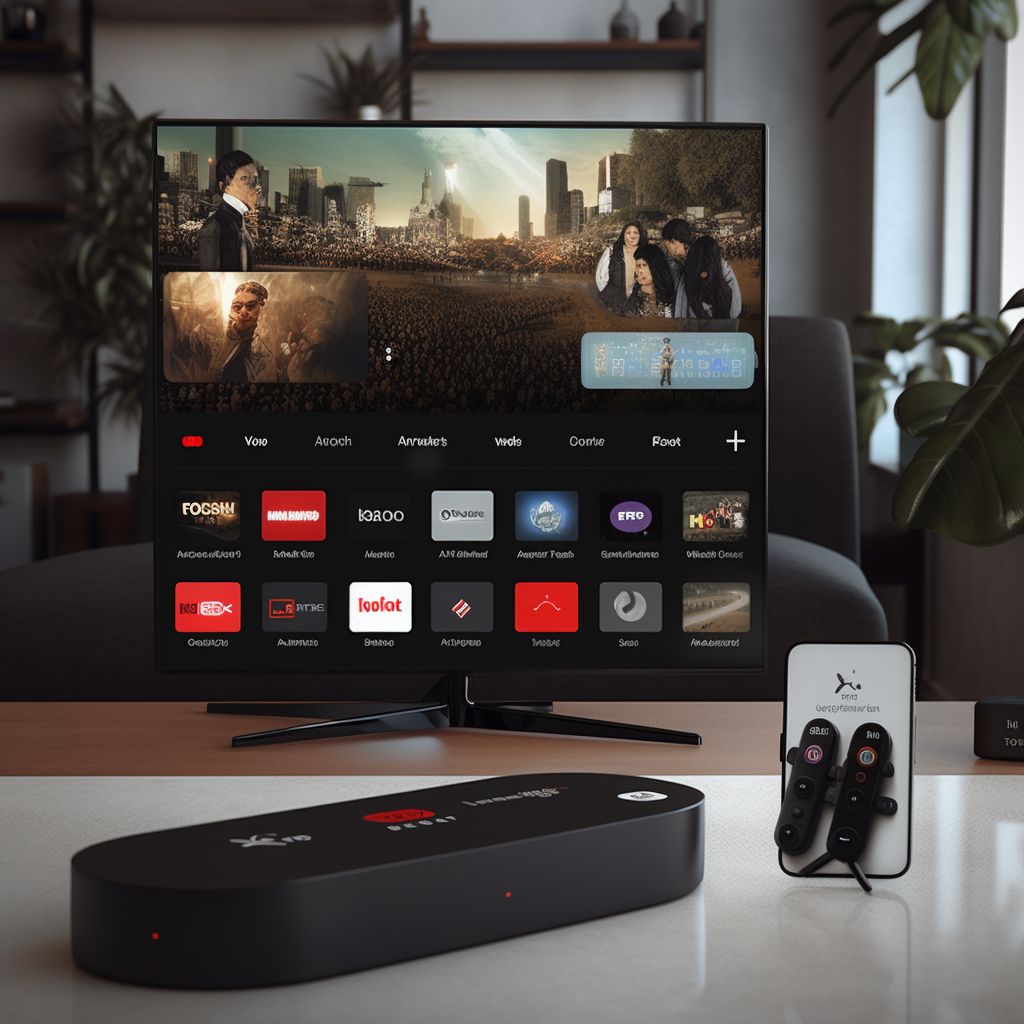The Ultimate Guide to Finding the Best IPTV Streaming Apps in 2024
Introduction
Did you know that over 82% of traditional cable subscribers are now considering switching to IPTV services due to their flexibility and cost-effectiveness? The streaming revolution has transformed how we consume media, with best IPTV streaming apps leading the charge by offering unprecedented access to thousands of channels at a fraction of cable costs. Whether you’re looking to cut the cord or enhance your viewing experience, finding reliable IPTV subscription services can be overwhelming with hundreds of options available. This comprehensive guide will navigate you through everything you need to know about selecting and optimizing your IPTV experience in 2024.
Essential Features to Look For
When evaluating IPTV applications and services, consider these critical features:
- Channel Selection: Minimum of 1,000+ live channels including sports, entertainment, and international options
- Video Quality: Support for HD, Full HD, and 4K streaming capabilities
- Device Compatibility: Multi-device support (Android, iOS, Smart TVs, Fire Stick)
- EPG Integration: Electronic Program Guide with accurate scheduling information
- VOD Library: Extensive video-on-demand content including movies and TV series
- Multi-Connection Support: Ability to use the service on multiple devices simultaneously
- Buffer-Free Technology: Advanced streaming protocols to minimize interruptions
- Customer Support: 24/7 assistance options via chat, email, or phone
- Security Features: VPN compatibility and encryption standards
Timing and Subscription Models
Understanding the timing aspects of IPTV services is crucial for maximizing value:
The average IPTV subscription offers multiple time-based packages:
- Monthly plans: Typically range from $10-20, ideal for testing services
- Quarterly plans: Usually offer 10-15% discount compared to monthly rates
- Semi-annual plans: Average 20-25% savings over monthly options
- Annual subscriptions: Provide the best value with 30-40% discounts
Most premium providers offer free trials ranging from 24-72 hours, allowing users to evaluate performance before committing to longer terms. Renewal reminders typically come 3-7 days before subscription expiration.
Step-by-Step Setup Process
Step 1: Research and Select a Provider
Begin by evaluating reputation, reliability, and user reviews of potential providers. Compare channel lineups against your viewing preferences, and confirm device compatibility with your existing hardware. Most importantly, verify legal compliance in your region before subscribing.
Step 2: Sign Up and Purchase Subscription
Create an account on your chosen provider’s platform, selecting your preferred subscription duration based on your budget and commitment level. Use secure payment methods and save confirmation emails containing access credentials and setup instructions.
Step 3: Download the Appropriate Application
Install the recommended IPTV application on your chosen device(s). For smart TVs and streaming boxes, navigate to the appropriate app store. For computers, download from the provider’s official website, avoiding third-party sources that might contain malware.
Step 4: Configure Your Service
Enter your provided credentials (username and password) into the application. Some services use M3U URLs or activation codes instead. Configure stream quality settings based on your internet speed, with 30 Mbps recommended for 4K content.
Step 5: Organize and Customize
Sort channels into favorites, create custom groups based on content categories or family preferences, and set parental controls if needed. Explore EPG features to plan your viewing schedule and configure recording options for must-see programs.
Technical Requirements
For optimal IPTV streaming performance, ensure:
- Internet Connection: Minimum 10 Mbps for HD, 25+ Mbps for 4K content
- Hardware: Recent generation streaming device (less than 3 years old recommended)
- Storage: Minimum 16GB available if recording features will be used
- Router Capabilities: Dual-band with QoS features to prioritize streaming traffic
- Display Compatibility: Match subscription quality to your display capabilities
Alternatives to Traditional IPTV Services
Consider these alternatives that might better suit specific needs:
- OTT Platforms: Netflix, Hulu, Prime Video for legal on-demand content
- Free IPTV Options: Pluto TV, Samsung TV Plus with limited but legal channel selections
- Hybrid Solutions: Combining free services with selective premium subscriptions
- IPTV Aggregators: Services that combine multiple sources into unified interfaces
- Self-Hosted Media Servers: Plex or Emby for personal media libraries
Troubleshooting Common Issues
Buffering Problems
- Split IPTV traffic onto 5GHz WiFi band
- Consider wired ethernet connections for primary viewing devices
- Implement QoS settings on your router to prioritize streaming traffic
Connection Failures
- Verify credentials are entered correctly
- Check if service is experiencing widespread outages
- Test alternative DNS servers (like Google’s 8.8.8.8)
Playback Errors
- Update your application to the latest version
- Clear cache and restart the application
- Try alternative players if supported by your service
Legal Considerations
Understand the legal landscape:
- Research copyright laws in your jurisdiction
- Distinguish between legitimate IPTV services and questionable providers
- Consider using VPN services for privacy (not for circumventing geo-restrictions)
- Be aware of recent enforcement actions against certain IPTV operations
Conclusion
The world of IPTV continues to evolve rapidly, offering unprecedented flexibility and value for media consumers. By carefully selecting a reputable provider, ensuring proper technical setup, and understanding both the capabilities and limitations of these services, you can create a customized viewing experience that far exceeds traditional cable offerings at a fraction of the cost. Remember to prioritize legal compliance and service reliability over channel quantity when making your selection.
FAQs
Q: Are IPTV services legal?
A: Legal status varies by country and depends on the content sources. Services that properly license their content are generally legal, while those redistributing content without authorization may not be.
Q: How many devices can use one subscription?
A: Most premium services allow 2-4 simultaneous connections, with higher-tier plans offering up to 10 connections for family use.
Q: Will IPTV work with my Smart TV?
A: Most modern Smart TVs support IPTV through native apps or external devices like Fire Sticks. Samsung, LG, and Android TVs typically have the best compatibility.
Q: What should I do if channels buffer frequently?
A: Start by testing your internet speed, upgrading your connection if necessary, switching to a wired connection, or adjusting the stream quality settings to match your available bandwidth.
Q: Can I record shows from IPTV services?
A: Many premium services offer DVR functionality, either through cloud recording or local storage options, though feature availability varies by provider.


